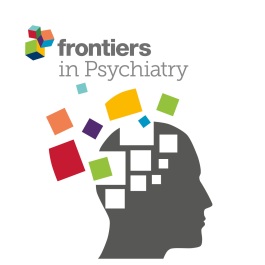“Endocannabinoids acting on the cannabinoid-1 receptor (CB1R) or ghrelin acting on its receptor (GHS-R1A) both promote alcohol-seeking behavior, but an interaction between the two signaling systems has not been explored. Here, we report that the peripheral CB1R inverse agonist JD5037 reduces ethanol drinking in wild-type mice but not in mice lacking CB1R, ghrelin peptide or GHS-R1A. JD5037 treatment of alcohol-drinking mice inhibits the formation of biologically active octanoyl-ghrelin without affecting its inactive precursor desacyl-ghrelin. In ghrelin-producing stomach cells, JD5037 reduced the level of the substrate octanoyl-carnitine generated from palmitoyl-carnitine by increasing fatty acid β-oxidation. Blocking gastric vagal afferents abrogated the ability of either CB1R or GHS-R1A blockade to reduce ethanol drinking. We conclude that blocking CB1R in ghrelin-producing cells reduces alcohol drinking by inhibiting the formation of active ghrelin and its signaling via gastric vagal afferents. Thus, peripheral CB1R blockade may have therapeutic potential in the treatment of alcoholism.”
https://www.ncbi.nlm.nih.gov/pubmed/31105045
https://www.sciencedirect.com/science/article/pii/S1550413119301962?via%3Dihub


 “Despite the staggering consequences of the opioid epidemic, limited nonopioid medication options have been developed to treat this medical and public health crisis.
“Despite the staggering consequences of the opioid epidemic, limited nonopioid medication options have been developed to treat this medical and public health crisis. “The purpose of this study was to explore the effects of cannabidiol (CBD) on binge drinking and evaluate potential gender-related differences.
“The purpose of this study was to explore the effects of cannabidiol (CBD) on binge drinking and evaluate potential gender-related differences.



 “Substance use disorder is characterized by repeated use of a substance, leading to clinically significant distress, making it a serious public health concern. The endocannabinoid system plays an important role in common neurobiological processes underlying substance use disorder, in particular by mediating the rewarding and motivational effects of substances and substance-related cues. In turn, a number of
“Substance use disorder is characterized by repeated use of a substance, leading to clinically significant distress, making it a serious public health concern. The endocannabinoid system plays an important role in common neurobiological processes underlying substance use disorder, in particular by mediating the rewarding and motivational effects of substances and substance-related cues. In turn, a number of 